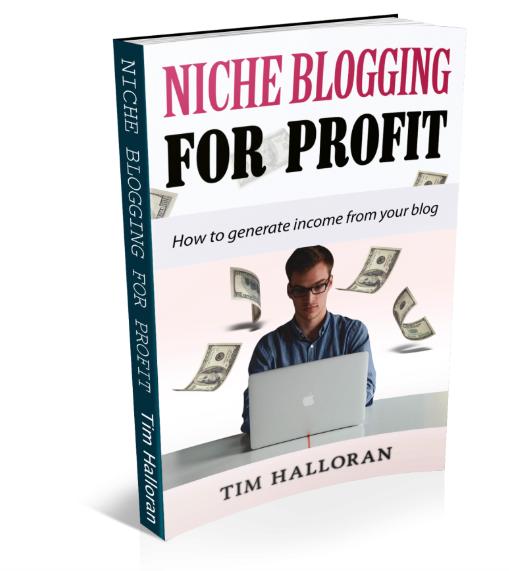Content driven SEO (that’s Search Engine Optimisation) is a great way to attract free traffic to a website. In the bid to “get rankings” it can be easy to forget that you’re writing for people, not robots! So if you focus too much on the technical aspects of SEO – that is, keyword percentages, for example, or backlinks, you can forget to create content which is useful and valuable to your readers. Your content will appear robotic and this puts visitors off.

Since Google uses robots to look at your content, they will pretty much guess if you’re writing only for the robots. How people interact with your content says a lot about your website. Are you writing only for the rankings, using SEO as your primary driver, or are you putting out valuable information which is actually of use to people?
Content driven SEO is the latter and although there’s various SEO tactics and strategies which will work, putting the visitor first is a good recipe for longevity and good SEO growth.
Content Driven SEO – Sales Vs. Information
It can be tempting to only focus on those keywords which attract people to your products. Those keywords which indicate that someone is ready to buy are your “golden tickets” to more sales. Product reviews or keyword searches with “buy” in the string are pretty good indicators that someone is looking to make a purchase! But focus only on these ideas and you’ll miss another opportunity – that is, getting your site ranked as an information site in your niche.
Although information sites typically attract a different audience, the information itself will attract more traffic and often traffic which is easier to obtain through SEO than your buyer keywords.
There’s a number of main SEO points which Google uses to recognise your content and give you a ranking (or not):
- Content on your page (and your niche)
- How people interact with that content – do they click away or read through?
- Backlinks – how many and where from?
- Domain age
- Plus many more
The content on your site is the biggest factor in all of these since it affects everything else. People won’t link to content which isn’t useful, nor read content which doesn’t help them. These two signals alone should make you consider the value you’re providing in your content.
With better content more people will rate your site, link to it and share it. These are further signals to Google that you’re providing some kind of value. They will rank your content accordingly. This gives you greater readership and the cycle continues – more shares, likes and links, better rankings more readership. This is the cycle you want to get to with your content. Provide shoddy content with no value to your readers and you’re only feeding the robots!
Finding Long Tail Keywords
In almost every niche only there’s a lot of competition and this is a huge factor in whether or not you can rank your content and get free traffic. Trying to rank for the most competitive terms will likely result in disappointment. Your content won’t get ranked. Those terms are also typically the ones which will bring in the buyer traffic too, which is a shame but that’s just the way things are!

An alternative strategy is to find long tail keywords with low SEO difficulty. Long tail keywords are those which are 3 or more terms within a keyword chain. The longer the keyword chain, the less competition you’ll have for ranking on Google for that specific term. These terms may not be your “best” keywords for your “perfect” customer avatar. However, focusing on the “low hanging fruit” of keywords is a good basis for an SEO strategy which can ultimately bring you free traffic.
Writing for visitors with the aim of delivering value in your content can have a dramatic effect on your SEO over time.